Potential vaccine against COVID-19 could begin human trials after FDA approval.
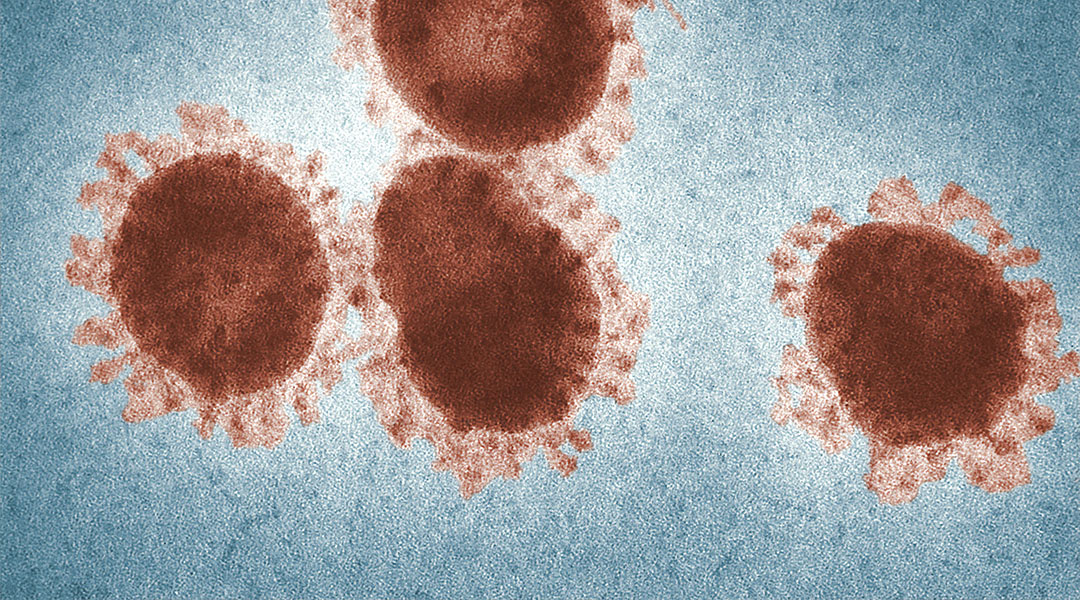

Potential vaccine against COVID-19 could begin human trials after FDA approval.
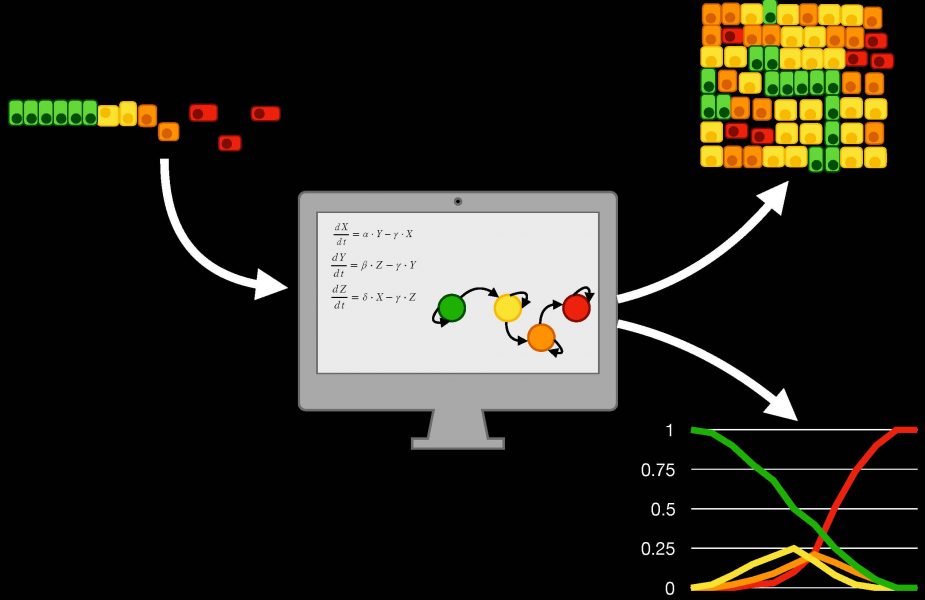
Computational modelling enhances the multidisciplinary approach to understanding the epithelial-to-mesenchymal transition in cancer metastasis.

With the current COVID-19 pandemic ongoing, we were curious how Wiley journals were publishing the latest research 100 years ago, when another, and worse, pandemic ravaged the world.

A recent study discovers that CRISPR can be used for a number of different purposes by diverse biological entities, not just humans and bacteria.
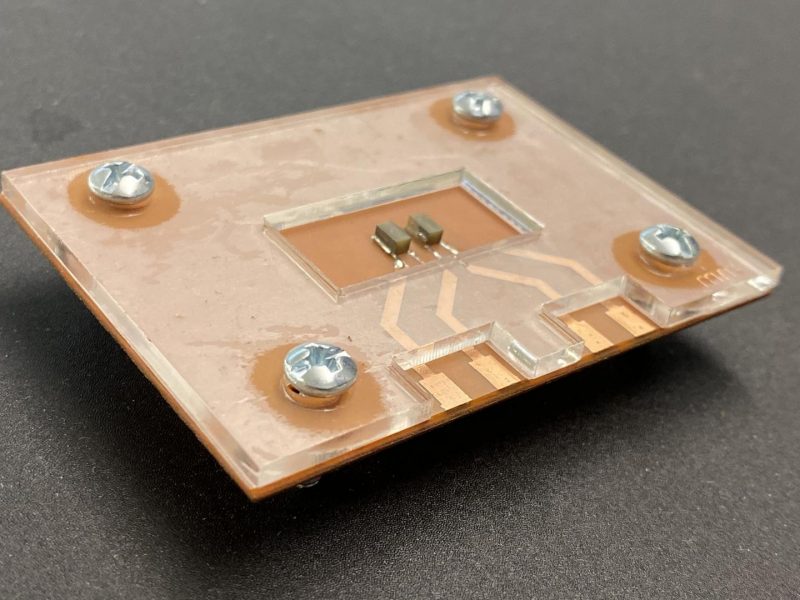
A device uses sound waves to detect the stiffness of an extracellular matrix, a structural network that contains cells, which researchers find can indicate the spread of disease.
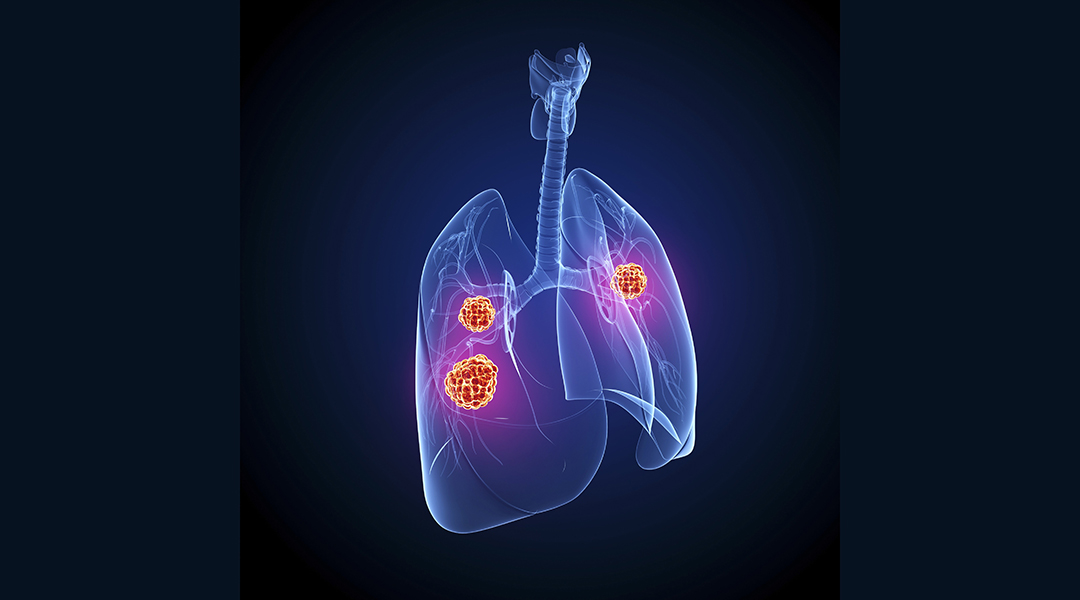
A new class of biocompatible protein-based nanoparticles that have outstanding near-infrared emission for deep tissue imaging.

Exploring advances in extracellular vesicles research made in the last ten-years and how its leading to better clinical applications.
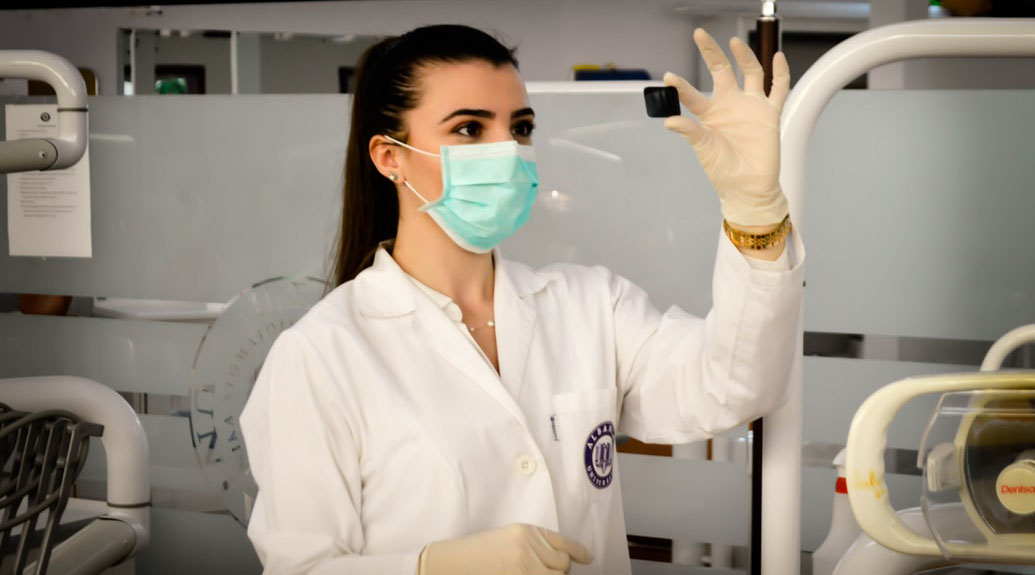
Researchers have mapped the immune response of one of Australia’s first COVID-19 patients.
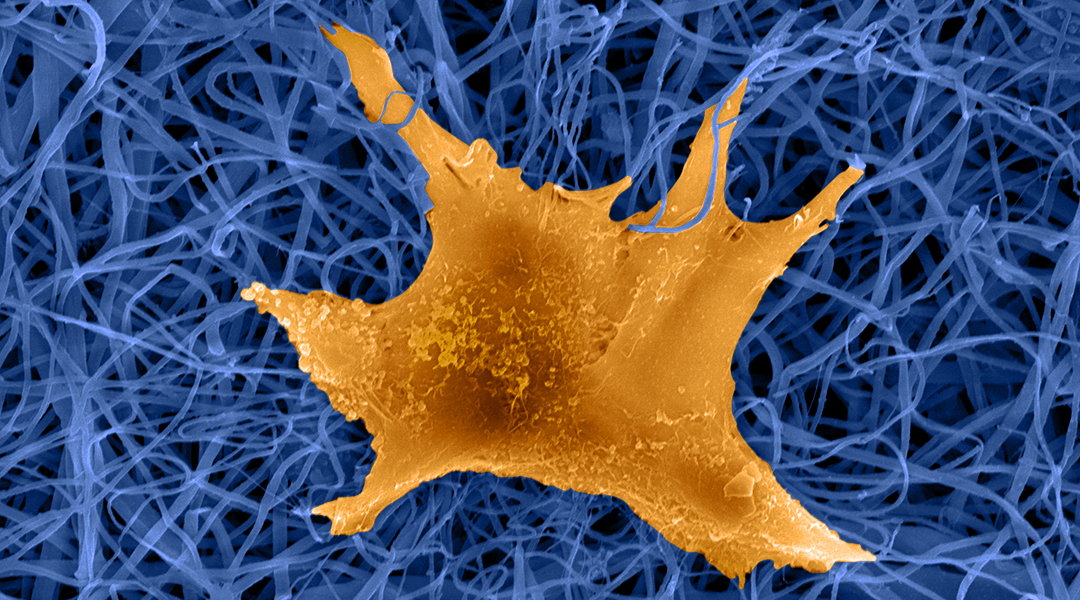
Electrospinning is an emerging fabrication technology that holds great promise in advancing skin tissue engineering and in developing an array of novel therapies.

Older individuals in low- and middle-income countries are considered to be the most vulnerable to COVID-19 but have yet to be properly acknowledged in global planning for the disease.